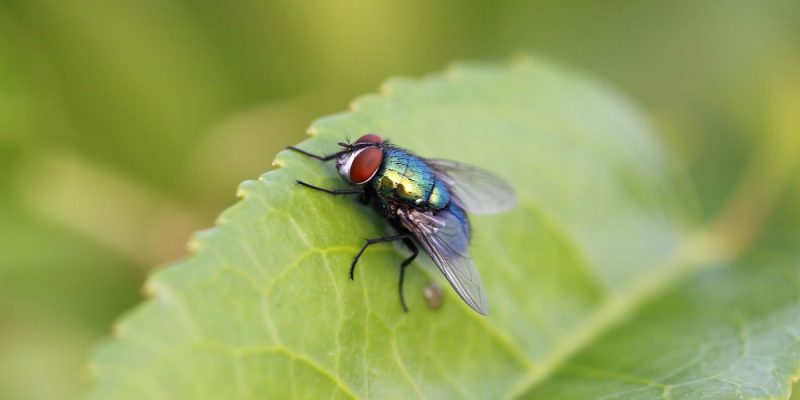Discover how forensic science helps biologists study wildlife and ensures people’s and wildlife’s safety.
What is Forensic Science used in Wildlife?

Forensic scientists
Forensic science is used in wildlife to identify and track down criminals.
Forensic science is used in various ways to solve crimes in wildlife. For example, it can be used to identify the species and sex of an animal, track down where they’ve been, and determine their likely route of travel. It can also identify human remains and evidence from wildlife crime scenes.
Forensic scientists use various techniques to gather evidence from wildlife crime scenes. These techniques include DNA analysis, blood tests, ballistics testing, hair analysis, and chemical analysis. They also collect physical evidence, such as hairs or feathers, that can be matched to those found at the crime scene.
By using forensic science in this way, we can bring criminals to justice and protect our animals from further harm.
There are a number of methods that forensic scientists use to identify and match animal remains with records from wildlife databases. These include:
- Morphometrics: This involves measuring the morphological characteristics of an animal’s skull, skeleton, or other body parts in order to get a detailed picture of its appearance.
- Radiocarbon dating: Used to measure how long an organism has been dead.
- DNA analysis: Used to identify specific genes within an organism’s DNA in order to determine its identity.
How does forensic science help law enforcement?

How does forensic science help law enforcement?
Forensic science is used by law enforcement to identify and solve crimes. It involves the use of various scientific methods, such as fingerprinting, DNA analysis, ballistics, and handwriting analysis.
Forensic science is invaluable for law enforcement because it can help them solve crimes quickly and efficiently. For example, fingerprinting can help identify the person responsible for a crime. DNA analysis can help identify the attackers or suspects at a crime scene. Ballistics can help determine the type of weapon used in a crime, and handwriting analysis can help identify the person who wrote the letter or note that was found at the crime scene.
These techniques are essential for law enforcement because they allow them to catch criminals and bring them to justice. Thanks to forensic science, law enforcement has become much more efficient when it comes to solving crimes.
Conclusion
Forensic science is an essential part of animal law enforcement, and it has played an important role in solving several high-profile cases over the past few years. For example, forensic scientists helped prosecutors build a strong case against members of the mafia who poached endangered animals in Italy. They also assisted law enforcement officials in investigating the death of Cecil the Lion, which led to the arrest and conviction of four people involved in his death.
Overall, forensic science is an essential tool that can be used to help solve crimes in wildlife. Using scientific methods and evidence-based analysis, forensic scientists can provide prosecutors with crucial information that can help them build a strong case against the perpetrators.











Comments